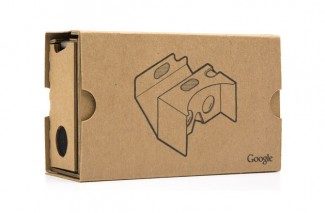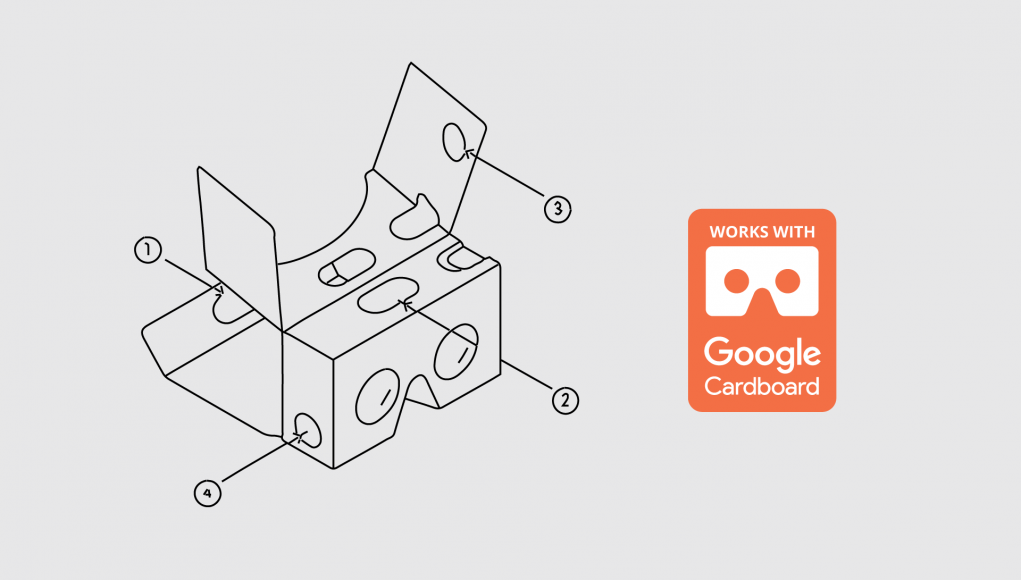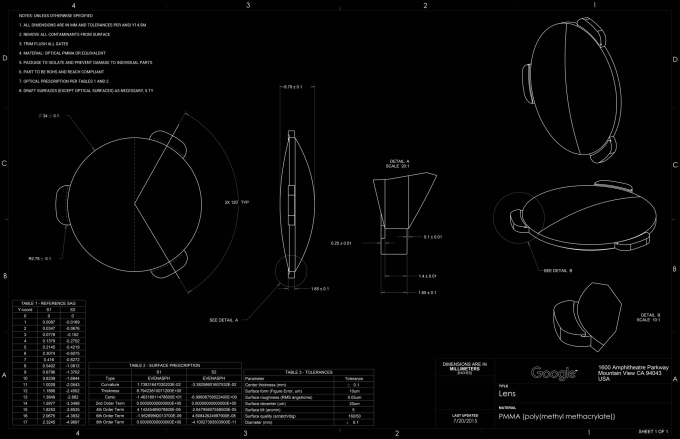Google released the second version of their Cardboard VR viewer back in May. Sticking to their commitment to make the design of the handheld HMD completely open for third-party manufacturers, the company has now released the complete design specification for Cardboard v2.
Originally launched as a sort of experiment in 2014, Google Cardboard, the ultra low-cost smartphone VR viewer, picked up steam throughout the year as the company gave away tens of thousands of units and made manufacturing plans for the device freely available for third-parties to make and sell the device with no licensing. By the end of 2014, some 500,000 Cardboard viewers (and third-party variants) had made it out into the wild.
That’s around the time that Google started showing they were getting serious about the project, announcing the ‘Works with Google Cardboard’ certification program shortly thereafter, which added branding and compatibility improvements to both Cardboard headsets and apps. By June 2015, more than 1 million Cardboard viewers had been shipped.

See Also: Google Launches ‘Works With Google Cardboard’ Certification for VR Smartphone Adapters
In May, Google launched the Cardboard v2 viewer, an update to the original which fits larger phones, includes a universal input button (instead of the magnetic button that only worked with some phones), and is easier to assemble.
Sticking with their original commitment to keep the Cardboard plans open source, Google has now released the full design plans for the Cardboard v2 viewer. The plans are freely available for download and include precise specifications for the unit’s various parts. Google welcomes you to fire up your own Cardboard manufacturing operation, and lists a number of third-parties already selling Cardboard-based viewers.
The 19-page ‘Technical Specification’ document gets so detailed as to advise what might happen if glue dries up too quickly during the manufacturing assembly process. Everything else—from the ‘conductive pillow’ that’s part of the input button, and various lens parameters like ‘Design wavelength’, ‘Nyquist frequency’, and other terms that I might have guessed someone made up as a prank—are revealed in great detail.











